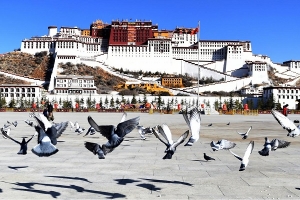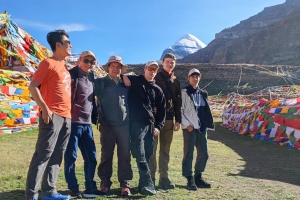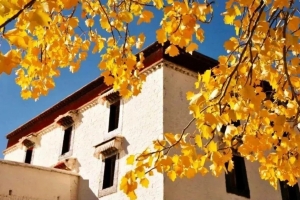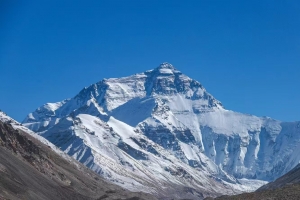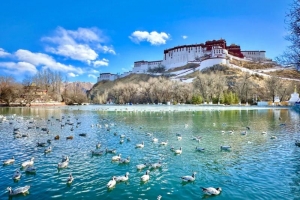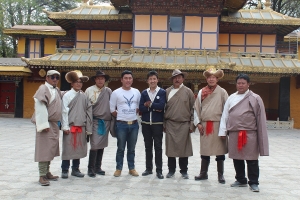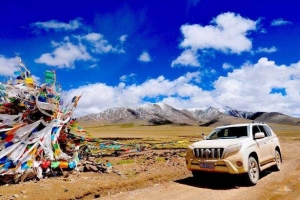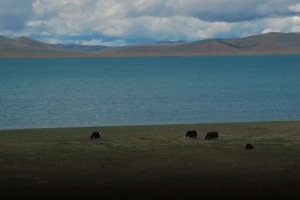Tibet offers not only stunning Himalayan peaks but also a collection of awe-inspiring lakes—many of which shimmer like sapphires amidst snowy landscapes. These lakes are not only natural wonders but sacred sites central to Tibetan Buddhism, Bon, and other traditions. For travellers seeking serenity, beauty, and a brush with the spiritual, Tibet’s lakes are unmissable.
This guide introduces the most remarkable lakes in Tibet, how to reach them, what to expect, and tips for making the most of your visit.
Namtso Lake – The Heavenly Lake of the North
Namtso, meaning “Heavenly Lake” in Tibetan, is one of the most famous and accessible sacred lakes in Tibet. Its ethereal blue waters and backdrop of snow-capped Nyenchen Tanglha range make it a destination that stirs the soul.
Location: About 112 km northwest of Lhasa
Altitude: 4,718 m (15,479 ft)
Type: Saltwater lake
Size: 1,920 sq km
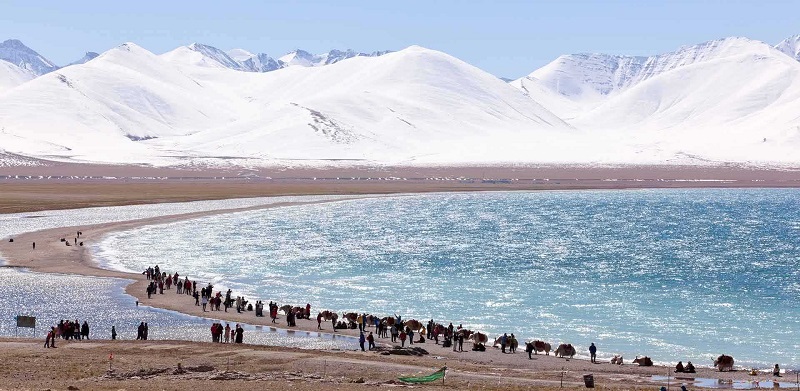
Namtso Lake
Highlights:
-
Jaw-dropping panoramic views with mirror-like reflections on still days
-
Sacred pilgrimage path around the lake
-
Sunset and sunrise views are particularly breathtaking
-
Tashi Dor Monastery and unique rock formations on the peninsula
How to get there: Day trips or overnight tours from Lhasa are common. Roads are generally good, though subject to closure in winter due to snow.
Best time to visit: May to September. In winter, access may be limited due to heavy snow and freezing conditions.
Yamdrok Lake – The Turquoise Jewel of the Plateau
Yamdrok Yutso is revered as one of the four great sacred lakes in Tibet. The lake snakes through the mountains like a turquoise ribbon, making it one of the most photogenic spots on the journey from Lhasa to Gyantse.
Location: On the way to Gyantse from Lhasa
Altitude: 4,441 m (14,570 ft)
Type: Freshwater lake
Size: Approx. 638 sq km
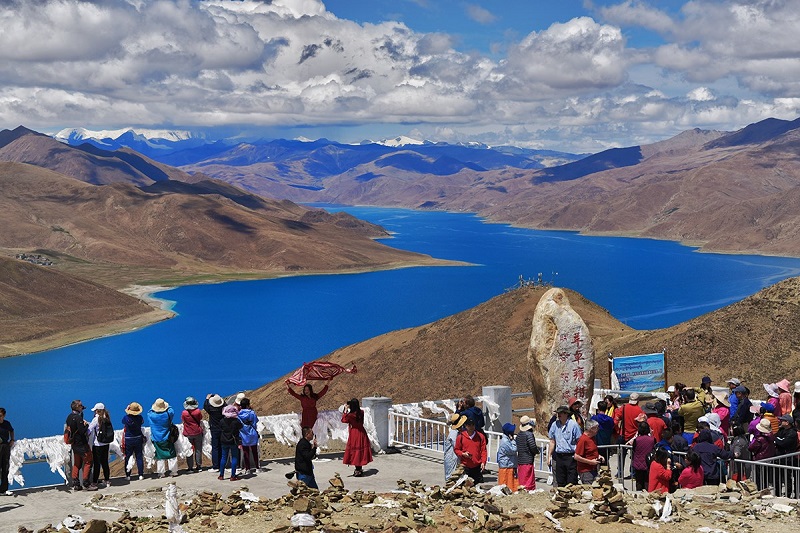
Yamdrok Lake
Highlights:
-
Kaleidoscopic blue waters due to mineral content and light angle
-
Scattered villages and yak herds along the shores
-
Viewpoint from Kamba La Pass offering a panoramic overview
-
Spiritual importance as the manifestation of a goddess
How to get there: Easily visited on a day tour from Lhasa en route to Gyantse or Shigatse. Roads are well-paved but winding.
Best time to visit: Late spring to early autumn (May–October) for optimal colours and visibility.
Lake Manasarovar – The Sacred Source of Purity
Lake Manasarovar, near Mount Kailash, is one of the highest freshwater lakes in the world. Its pristine waters are believed to purify sins and are significant in Hinduism, Buddhism, Jainism, and Bon.
Location: Far western Tibet, near Mount Kailash
Altitude: 4,590 m (15,060 ft)
Type: Freshwater lake
Size: Approx. 412 sq km
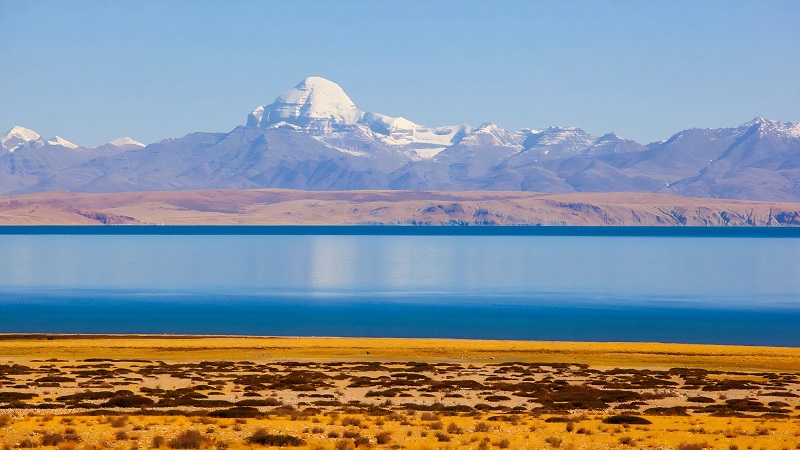
Lake Manasarovar
Highlights:
-
Spiritual pilgrimage site for Hindus and Buddhists alike
-
Amazing reflections of Mount Kailash on clear days
-
Villages and monasteries dotting the shores (notably Chiu Monastery)
-
Popular as part of the Kailash Kora route
How to get there: Reaching Manasarovar is challenging and requires several days of overland travel or chartered flights to Ngari Prefecture, followed by driving. Often visited alongside Mount Kailash.
Best time to visit: May to September. Outside this range, conditions are harsh and accommodation sparse.
Pangong Tso – Shifting Colours and Silent Borders
Pangong Lake, though famous on the Indian side, stretches far into Tibet and offers similar vistas with fewer crowds. The lake’s name translates to “long, narrow, enchanted lake” and it truly lives up to it.
Location: Extends from Ladakh (India) into western Tibet
Altitude: 4,225 m (13,862 ft)
Type: Endorheic saltwater lake
Size: Over 600 sq km (with one-third in Tibet)
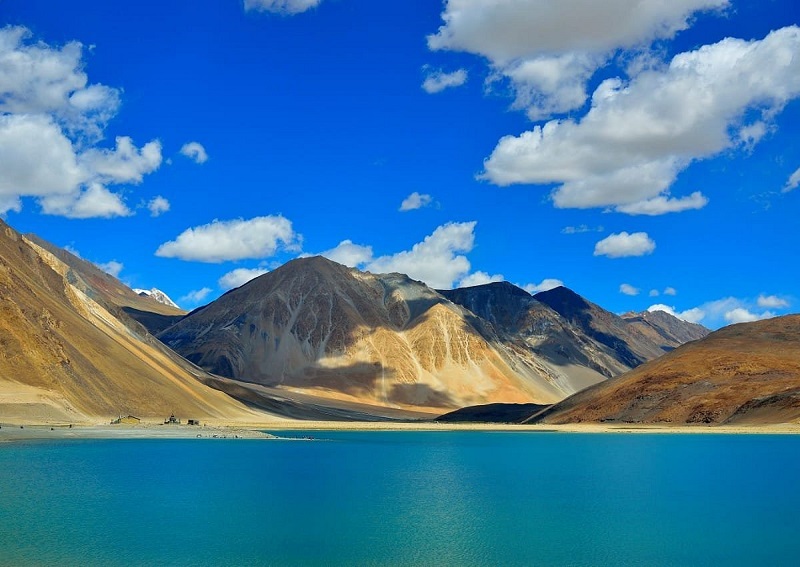
Pangong Tso
Highlights:
-
Changing hues ranging from deep blue to aquamarine to silver
-
Stark, barren mountains rising directly from the water’s edge
-
Remarkable tranquility and isolation
How to get there: Travel to the Tibetan side requires permits and logistical planning, often part of extended tours through Ngari Prefecture.
Best time to visit: May to October. Winter sees harsh cold and deep isolation.
Basum Tso – The Hidden Gem of Eastern Tibet
Basum Tso (also called Baksum-tso) is often overlooked due to its more remote location, but it offers a different, greener side of Tibet. Surrounded by alpine forests and reflecting snow-dusted peaks, it has a dreamlike quality.
Location: Nyingchi Prefecture, eastern Tibet
Altitude: Approx. 3,538 m (11,607 ft)
Type: Freshwater lake
Size: Approx. 26 sq km
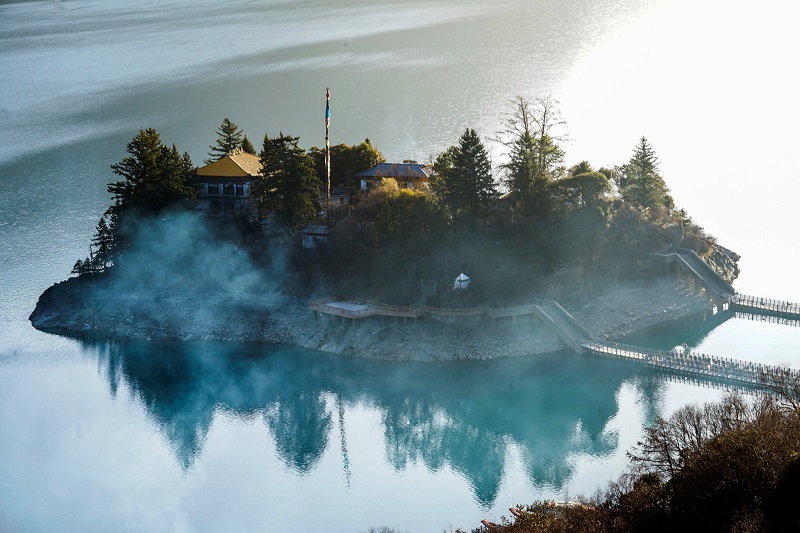
Basum Tso
Highlights:
-
Lush surroundings with forests and wildflowers
-
Tashi Island with a 15th-century temple (still in use)
-
More accessible altitude for those adjusting to thinner air
-
Lesser crowds, making it ideal for relaxed exploration
How to get there: Best reached from Nyingchi (Bayi Town), which has an airport. The journey is scenic and suitable for first-time visitors to high-altitude regions.
Best time to visit: April to October, especially in spring for flowers or autumn for golden forests.
Tips for Travelling to Tibetan Lakes
Altitude sickness is real. Most lakes lie above 4,000 m. Spend a few days in Lhasa acclimating before venturing farther. Drink water, eat lightly, and avoid overexertion.
Permits are required. Foreign tourists need a Tibet Travel Permit, which must be arranged through a Chinese travel agency. Some areas like Manasarovar also need additional Alien Travel Permits.
Respect local customs. Many lakes are sacred—don’t swim, wash, or throw anything into the water. Avoid loud behaviour or disrespect near shrines.
Pack wisely. Temperatures can swing drastically. Bring sun protection, windproof jackets, and good footwear. Nights are cold even in summer.
Travel with a guide. Foreigners cannot travel independently in Tibet and must join an organised tour. This often includes a driver and a licensed guide.
Tibet’s lakes are more than postcard-perfect photo ops—they are living embodiments of the region’s spiritual heartbeat. Whether you seek serenity, awe, or enlightenment, each lake offers a different path into the mystique of the Plateau. Be respectful, tread lightly, and you’ll take home memories that linger longer than even the clearest reflection on Namtso’s still waters.

